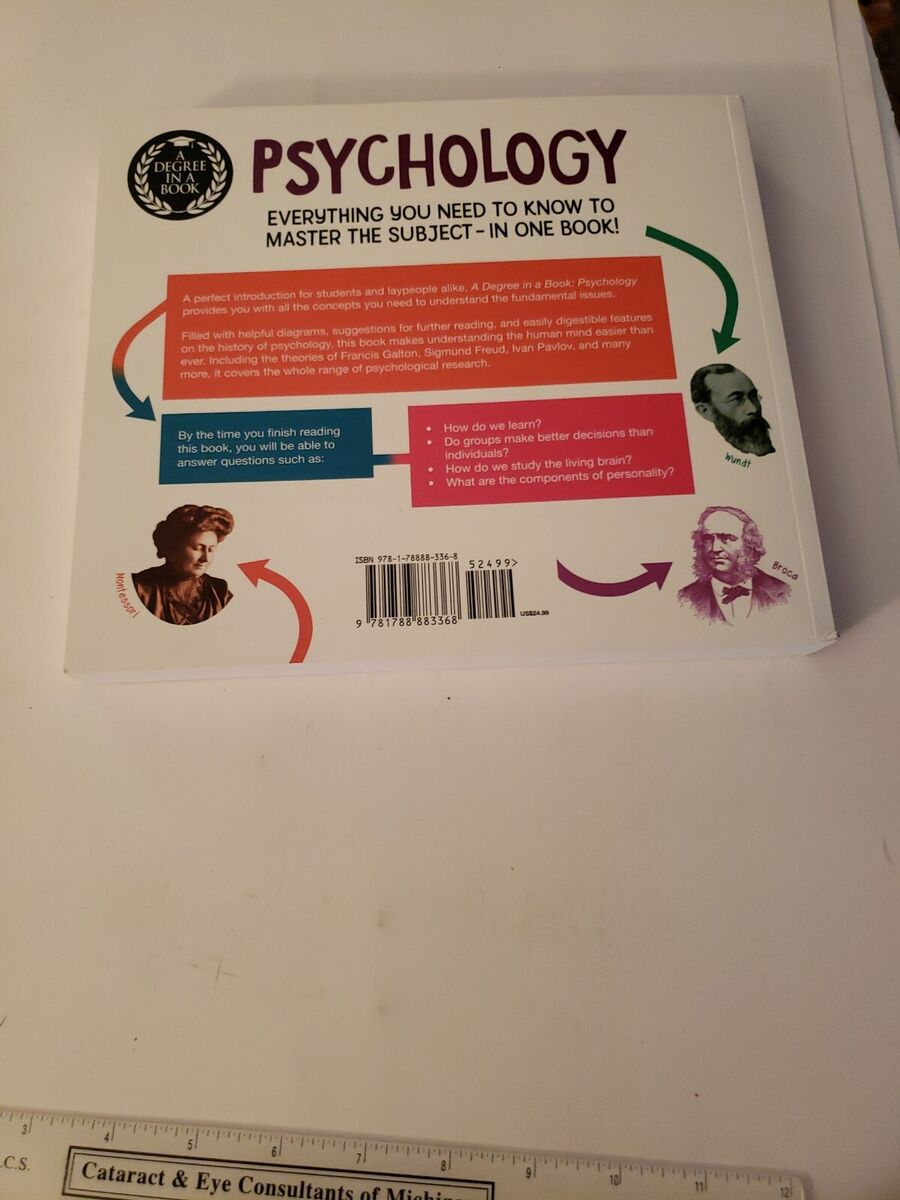
# Influential Psychologists: Freud, Jung, and Maslow
Throughout the ages, a myriad of psychologists has enhanced our comprehension of the human psyche and conduct. Notably, Sigmund Freud, Carl Jung, and Abraham Maslow emerge as pivotal figures, whose concepts still influence psychology today. This article delves into their innovative theories and enduring significance.
—
## **Sigmund Freud: The Pioneer of Psychoanalysis**
Sigmund Freud (1856-1939) was among the most debated and impactful personalities in psychology. He established psychoanalysis, a domain that concentrates on the unconscious mind and the influence of early experiences on behavior. His principal theories include:
### *The Makeup of the Mind: Id, Ego, and Superego*
Freud asserted that the human psyche comprises three components:
– **Id**: The basic, instinctual part that drives cravings and pleasure-seeking actions.
– **Superego**: The ethical guideline, molded by societal norms and expectations.
– **Ego**: The logical mediator between the id and superego, reconciling their conflicting demands.
Freud contended that mental disorders emerge when these components are at odds, resulting in anxiety and neurotic behaviors.
### *Stages of Psychosexual Development*
Freud’s psychosexual development theory delineates how personality unfolds through five phases:
1. **Oral Stage (0-1 year)** – Infants derive pleasure from sucking and biting.
2. **Anal Stage (1-3 years)** – Attention shifts to controlling bowel and bladder functions.
3. **Phallic Stage (3-6 years)** – Children become conscious of their bodies and encounter the Oedipus/Electra complex.
4. **Latency Stage (6-12 years)** – Sexuality is suppressed, allowing for social skill acquisition.
5. **Genital Stage (12+ years)** – Mature relationships develop.
Freud believed that unresolved conflicts in these stages could result in psychological issues in adulthood.
### *Analysis of Dreams and the Unconscious*
In *The Interpretation of Dreams* (1899), Freud proposed that dreams serve as a means for the unconscious mind to reveal unfulfilled wishes. He devised techniques to interpret dreams, including condensation (merging multiple thoughts into a single image) and displacement (redirecting emotions from one object to another).
### *Psychoanalytic Treatment*
Freud pioneered psychoanalysis, a technique that assists patients in uncovering buried memories and feelings through free association and dream analysis. His contributions laid the groundwork for contemporary psychotherapy, establishing him as a visionary in mental health care.
—
## **Carl Jung: The Architect of Analytical Psychology**
Carl Jung (1875-1961), initially a disciple of Freud, subsequently formulated his unique method, termed analytical psychology. He built upon Freud’s concepts, highlighting the profound, symbolic dimensions of the unconscious mind.
### *The Collective Unconscious and Archetypes*
Jung introduced the idea of the **collective unconscious**, a shared mental repository of symbols and experiences inherited from our forebears. He posited that this concept clarifies universal motifs in myths, religion, and dreams.
Several common archetypes identified by Jung include:
– **The Hero** – A brave figure who confronts and overcomes obstacles.
– **The Shadow** – The repressed, darker side of one’s character.
– **The Anima/Animus** – The feminine trait within men and the masculine trait within women.
– **The Self** – The fully connected, harmonious version of one’s character.
### *Introversion and Extroversion*
Jung was the first to classify personality into **introverts** (who draw energy from solitude) and **extroverts** (who flourish in social settings). This classification remains fundamental to personality psychology and is frequently utilized in personality assessments today.
### *Jungian Therapy*
Jung’s therapeutic approach concentrated on aiding individuals in merging their unconscious dimensions into their conscious mind via self-exploration, dream analysis, and creative output. His concepts continue to exert influence in contemporary therapy and personality research.
—
## **Abraham Maslow: The Framework of Human Motivation**
Abraham Maslow (1908-1970) presented a more hopeful perspective on human capability, concentrating on growth, fulfillment, and motivation. His most renowned contribution is **Maslow’s Hierarchy of Needs (1943)**, which outlines human motivation as a pyramid of needs.
### *Maslow’s Hierarchy of Needs*
Maslow’s theory indicates that individuals must satisfy basic needs before attaining personal growth and self-actualization. The five tiers of needs are:
1. **Physiological Needs** – Fundamental survival requirements such as food, water, air, and sleep.
2. **Safety Needs** – Security, stability, health, and financial protection.
3. **Love and Belongingness** – Relationships